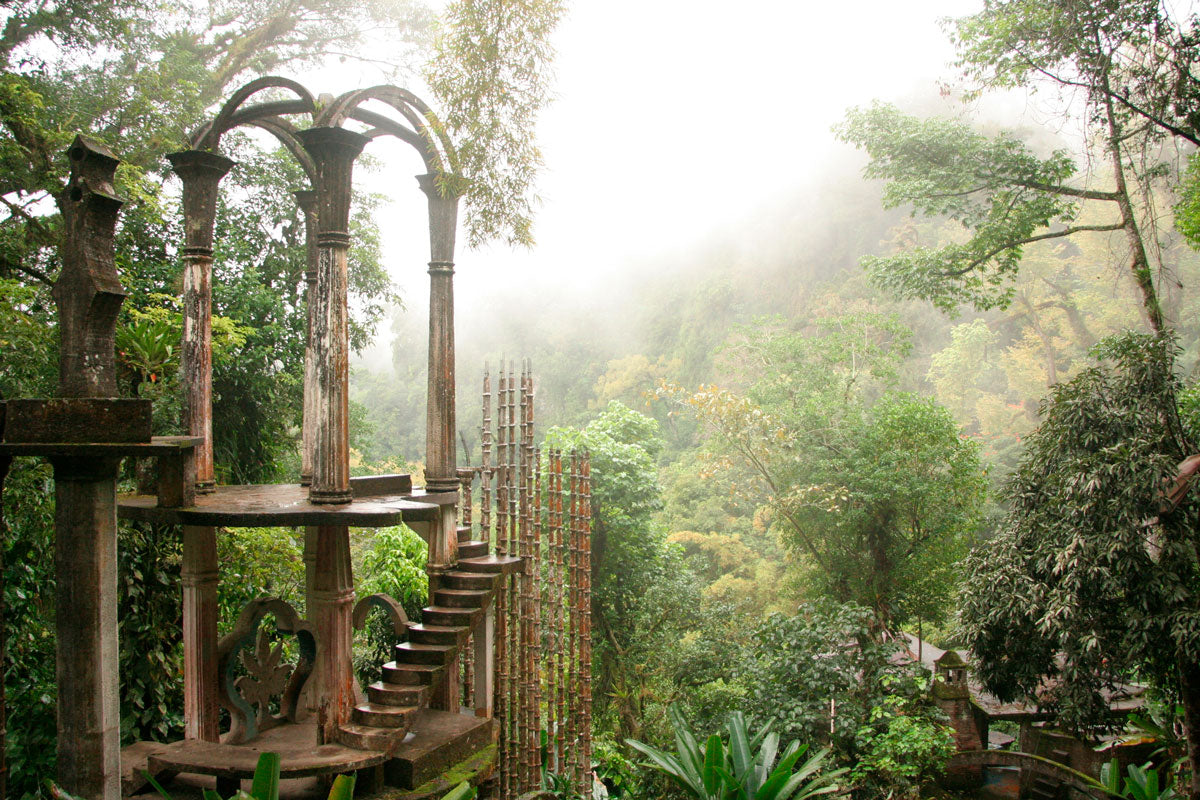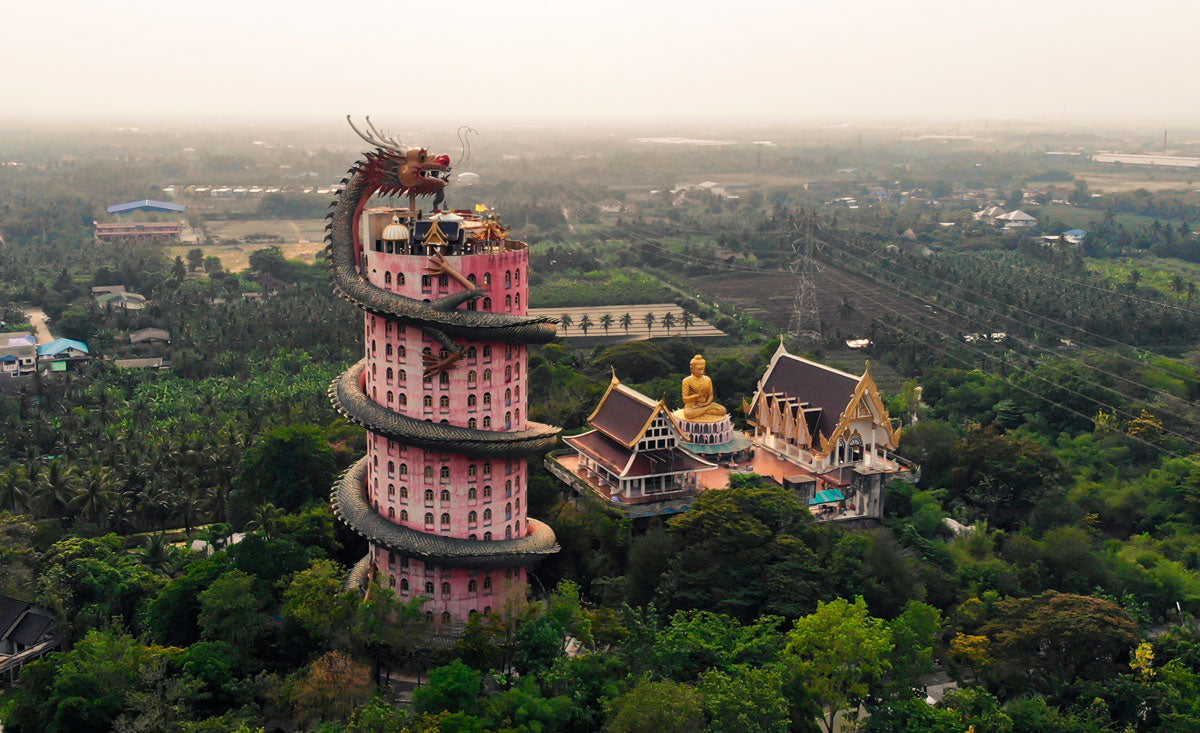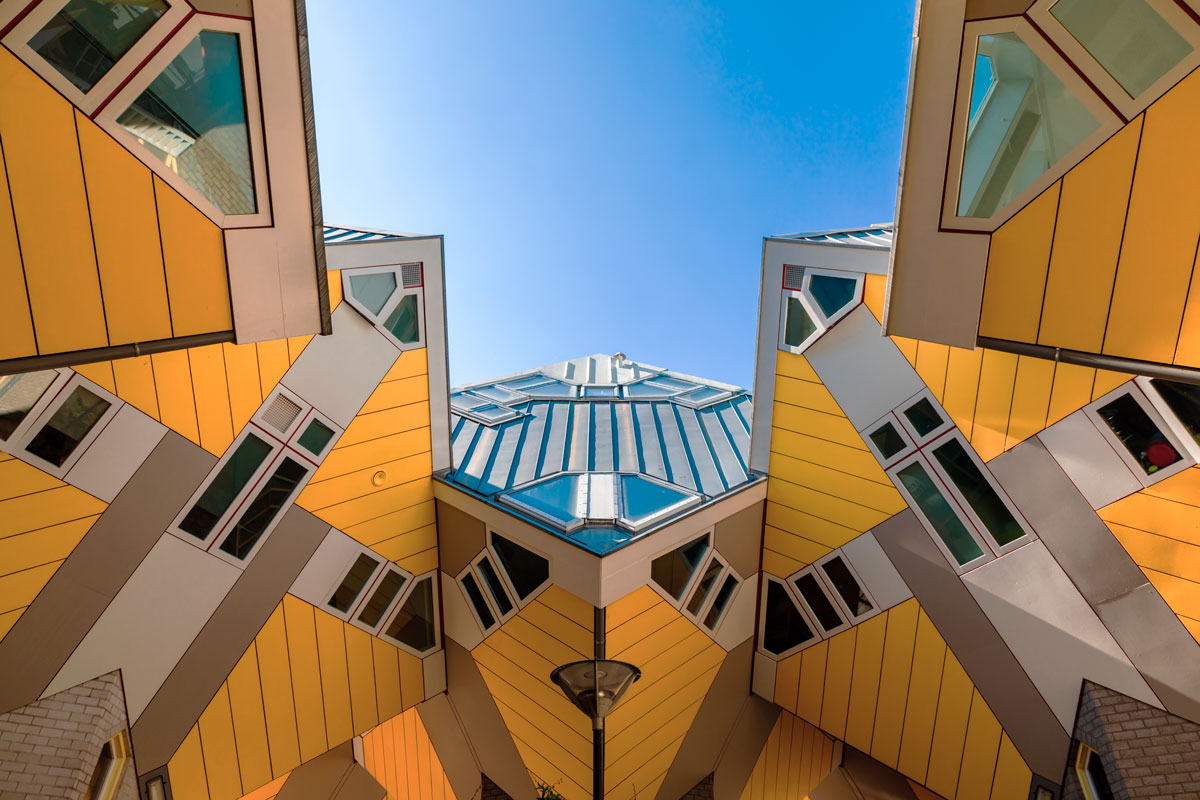Surrealism is the artistic movement initiated in France in 1924, mainly manifested in painting and literature, but as time passed by, it also emerged within architecture.
The purpose of the current is to go beyond what’s real by pushing the irrational, take thoughts that travel across the world of dreams and place them in the plastic one.
In continuity with the piece Architecture in Subconscious Thinking, we hereby present six buildings that follow this current’s path.
Edward James’ garden of sculptures, Las Pozas, emerges from his love for Surrealism, which he expressed in multiple ways; for example, through his collaboration in the Surreal magazine Minotaure (for which Picasso and Dalí contributed with some covers). His inspiration was born upon a visit to his friends’ house who lived in Morelos, Mexico, there he fell in love with the country, specifically with the Huasteca Potosina and decided to create a garden where he could write poetry and literature, leaving an important legacy behind for this movement.

After the fall of Communism, Daniel Czapiewski wanted to reflect misunderstanding and uncertainty, reason why he created the Upside-Down House in Poland, an artwork that criticized the effects of the movement and made reference to the shift some countries experimented after the Berlin Wall came down.

Wat Samphran is a hidden temple in Thailand, surrounded by a dragon that protects the 17-floor building. Legend says that when you reach the top and touch the beast’s chin, any wish will come true. The Temple of the Dragon houses many secrets, the hidden passage to reach the last floor, a tunnel that begins at the dragon’s tail and ends at the rooftop, which is decorated with kiosks and offers one of the most amazing views in the country, are among them. A true Surreal landscape decorating the Nakhon Pathom Province.

The Palais Bulles is a hotel/house located in Théoule-sur-Mer, France, owned by designer Pierre Cardin. The terracotta-colored property seems to be made out of bubbles; through a Surreal/futuristic design, it is the owner of the views of the French Riviera and it has hosted many events and personalities from the fashion world.

The Kubuswoning, or Cubic Houses, are located in Rotterdam, Netherlands. Conceived by Piet Blom, built in 1982 and 1984, they are a variant to previous houses built in Helmond in 1970 (by Blom himself). Each house represents a tree, so all of them together form a “forest”, reason why they are popularly known as the Blaak Forest.

Die Waldspirale (Forest Spiral) is a residential complex designed by Friedensreich Hundertwasser and located in Darmstadt, Germany. The Hanging Gardens of Babylon were his inspiration and its purpose was to serve as architectural decoration, in addition to its residential function. It is a building with no symmetry, its façade does not have simple dimensions, since all its windows are different and it may offer a different perspective according to the angle it is looked from.



